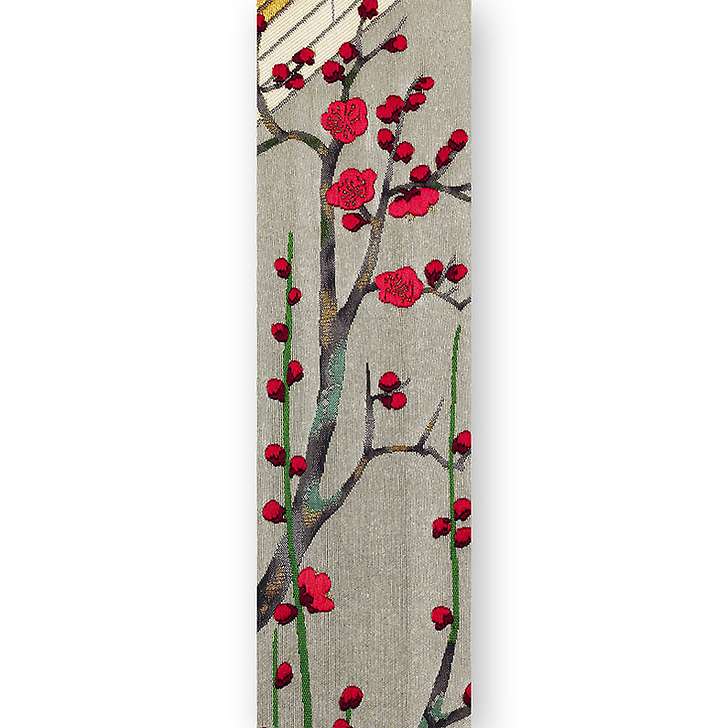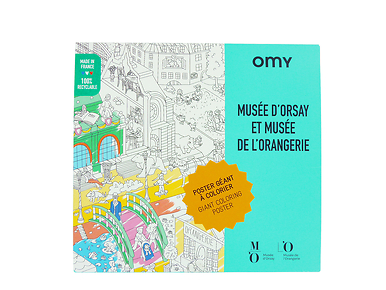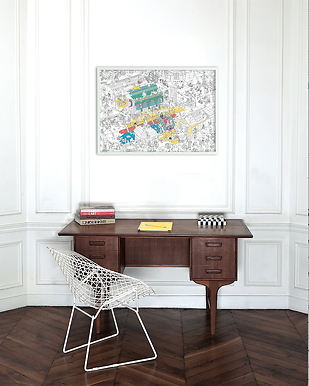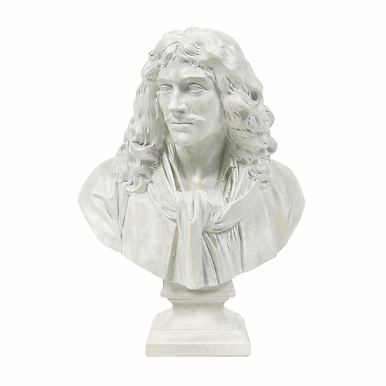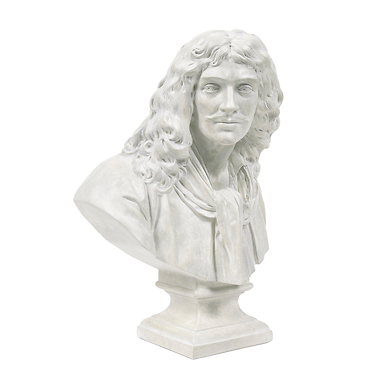Bookmark Yamagushi - Brocade scroll (nishiki) from The Tale of Genji, book XLIV, The Bamboo River (detail)
IM200170
ITARÔ YAMAGUCHI (1901 -2007)
Brocade scroll (nishiki) from The Tale of Genji, book XLIV, The Bamboo River (detail), 1986. H. 748 ; W. 33 cm.
Paris Musée national des arts asiatiques-Guimet, Paris
Gift of master Itarô Yamaguchi 1995
DR.
Photo Rmn (Musée Guimet) Th. Ollivier
Rmn- Grand Palais, Paris...
Read more
ITARÔ YAMAGUCHI (1901 -2007)
Brocade scroll (nishiki) from The Tale of Genji, book XLIV, The Bamboo River (detail), 1986. H. 748 ; W. 33 cm.
Paris Musée national des arts asiatiques-Guimet, Paris
Gift of master Itarô Yamaguchi 1995
DR.
Photo Rmn (Musée Guimet) Th. Ollivier
Rmn- Grand Palais, Paris 2023
---
The Tale of Genji, written by Murasaki Shikibu, lady-in-waiting at the Imperial Court of Heian (now Kyoto), is one of Japan's most important iconographic sources. A founding text of the Japanese imagination, the modernity of this novel, written a thousand years ago, has crossed eras and cultures to become universal...
In particular, it has given rise to the Genji-e ("Genji pictures"), a pictorial movement in its own right. Produced on all kinds of supports - scrolls, albums, folding screens, fans, kakemonos - and in a variety of styles, Genji-e allow the novel to be read in its figurative expression.
To reproduce the painted scenes of the Genji Monogatari or Tale of Genji, dating from the Heian period (794-1185) and preserved in the Nagoya Museum and Tokyo's Gotô Museum, in the form of weavings, Master Itarô Yamaguchi, from a family of silk weavers in Kyoto's Nishijin district and featured in this exhibition, used the Jacquard mechanical loom. This invention from Lyon, introduced to Japan during the Meiji era (1868-1912), revolutionized the art of weaving in Europe and then Asia.
Close
Login to see prices
Sold by GrandPalaisRmn

